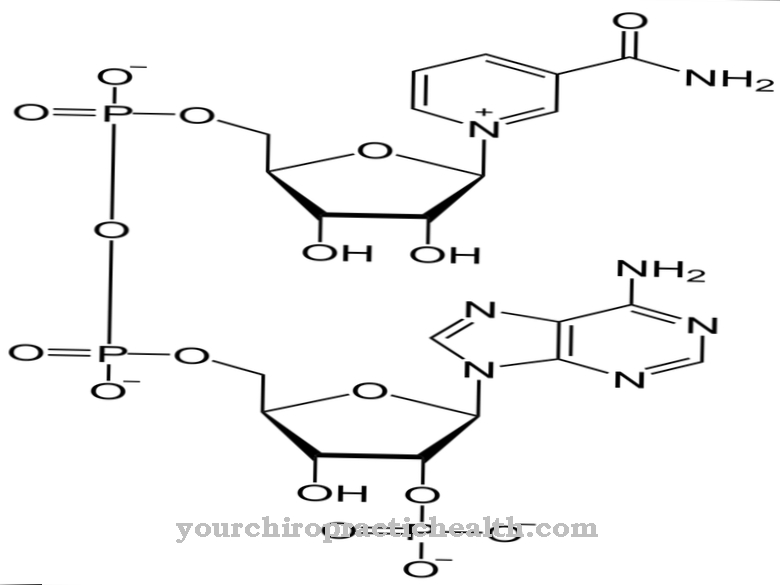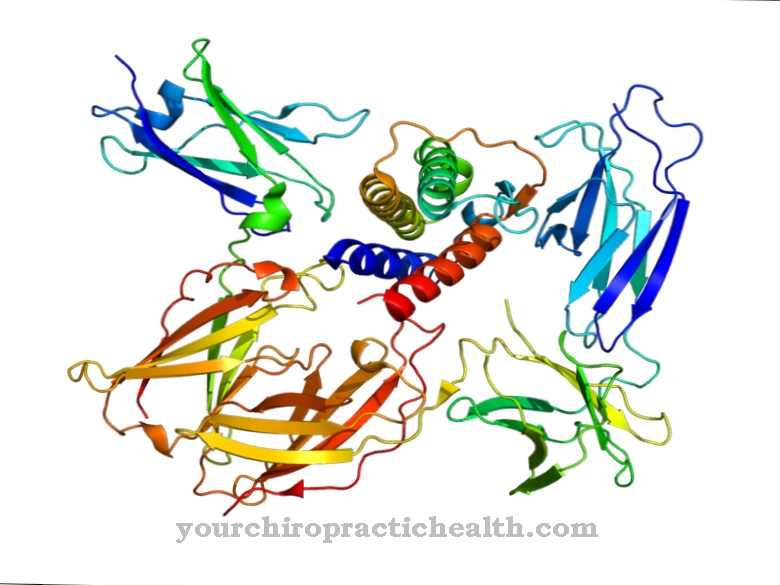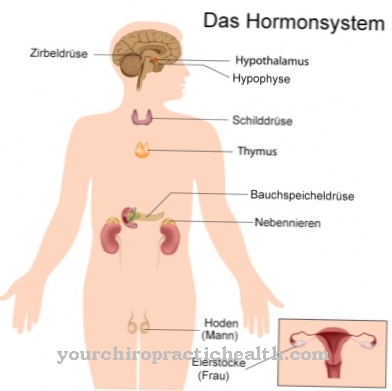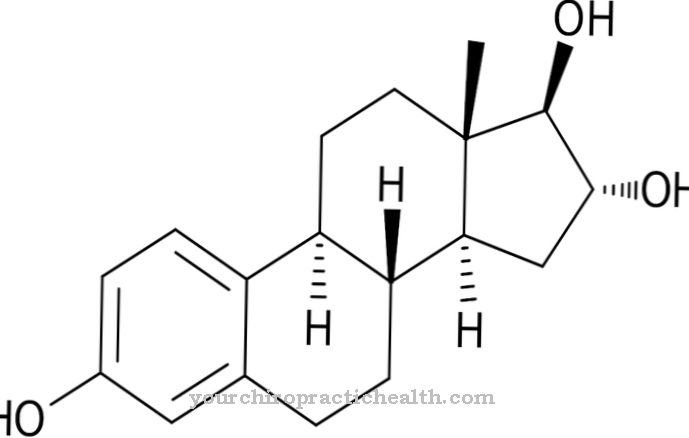The blood is an important part of the body. It represents a "liquid organ". A person has an average of five to seven liters of blood. It runs through the body in a circulating cycle and plays an important role as part of the immune system. The blood moves in a constant flow between the lungs, heart and the other organs down to the tiny vessels. In this way the body is supplied with all essential substances and waste products are transported to the responsible organs.
What are blood values?

Blood is made up of different components. The white blood cells protect the body against infections and fight them when an infection has occurred. White blood cells are called leukocytes in medicine.
Red blood cells are called erythrocytes and they are responsible for transporting oxygen from the lungs to the entire organism. The protein hemoglobin is a component of the erythrocytes. Hematocrit is called the proportion of the volume of erythrocytes in the total blood volume.
The platelets make an important contribution to blood clotting and are called thrombocytes. They close damaged blood vessels. The plasma is the liquid part of the blood. It mainly consists of water, in which substances such as fats, proteins, glucose and salts are dissolved. In order to be able to examine blood, a blood sample must be taken. A distinction is made between capillary blood, venous blood and arterial blood.
Examine blood values (healthy & sick blood values)
A common and simple blood test is blood sedimentation. The speed at which the blood cells settle in a tube is determined here.
Women have fewer blood cells than men in relation to the total amount of blood, so the blood cells drop a little faster. The normal value in men is 3 to 8 mm after one hour and 6 to 20 mm after two hours. In women, the normal value is 3 to 10 mm after one hour and 6 to 20 mm after two hours. If the rate of subsidence is increased, this can indicate an acute or chronic inflammation.
The small blood count determines the values of the erythrocytes, leukocytes and thrombocytes. The normal value of the erythrocytes is 4.5 to 5.9 million / µl in men and 4.0 to 5.2 million / µl in women. The hemoglobin value should be 14.0 to 18.0 g / dl in men and 12.9 to 16.0 g / dl in women.
The hematocrit value is 42% to 52% in men and 37% to 47% in women. The normal value of the leukocytes is 4000 to 9000 million / µl. The platelet count is between 140,000 and 440,000 million / µl.
The complete blood count is called the differential blood count. An examination of the subspecies of white blood cells will take place. The normal values of the differential blood count are neutrophil granulocytes (segment nuclear) 30-80%, neutrophil granulocytes (rod nuclei) 0-5%, eosinophil granulocytes 0-6%, basophil granulocytes 0-2%, monocytes 1-12% and lymphocytes 15-50% . Another test is the coagulation test. The quick test shows disturbances in the coagulation system. The normal value is 70 to 100%.
The composition of the blood reflects the state of human health. For many diseases there are indications from the values that can be measured in the blood. Blood values cannot be normalized by themselves, but a healthy lifestyle makes an important contribution to maintaining health.
Diseases
Deviations from the blood values can indicate diseases. An increase in erythrocytes is called polyglobulia. This can occur with lung problems, heart disease or high fluid loss. A decrease in erythrocytes is called anemia. This can be caused by heavy bleeding.
If the number of leukocytes is reduced, this is an indication of a virus infection. But drugs can also affect leukocytes. An increase in the number of leukocytes can occur through infestation by pathogens, parasites, bacteria or fungi. Leukemia is a malignant disease.
An increased number of platelets can result from removal of the spleen, tumor diseases, injuries with blood loss or infections. The reduction in the platelet count can result from medication, vitamin B12 deficiency, infections or allergic reactions.

.jpg)
.jpg)










.jpg)

.jpg)
.jpg)











.jpg)